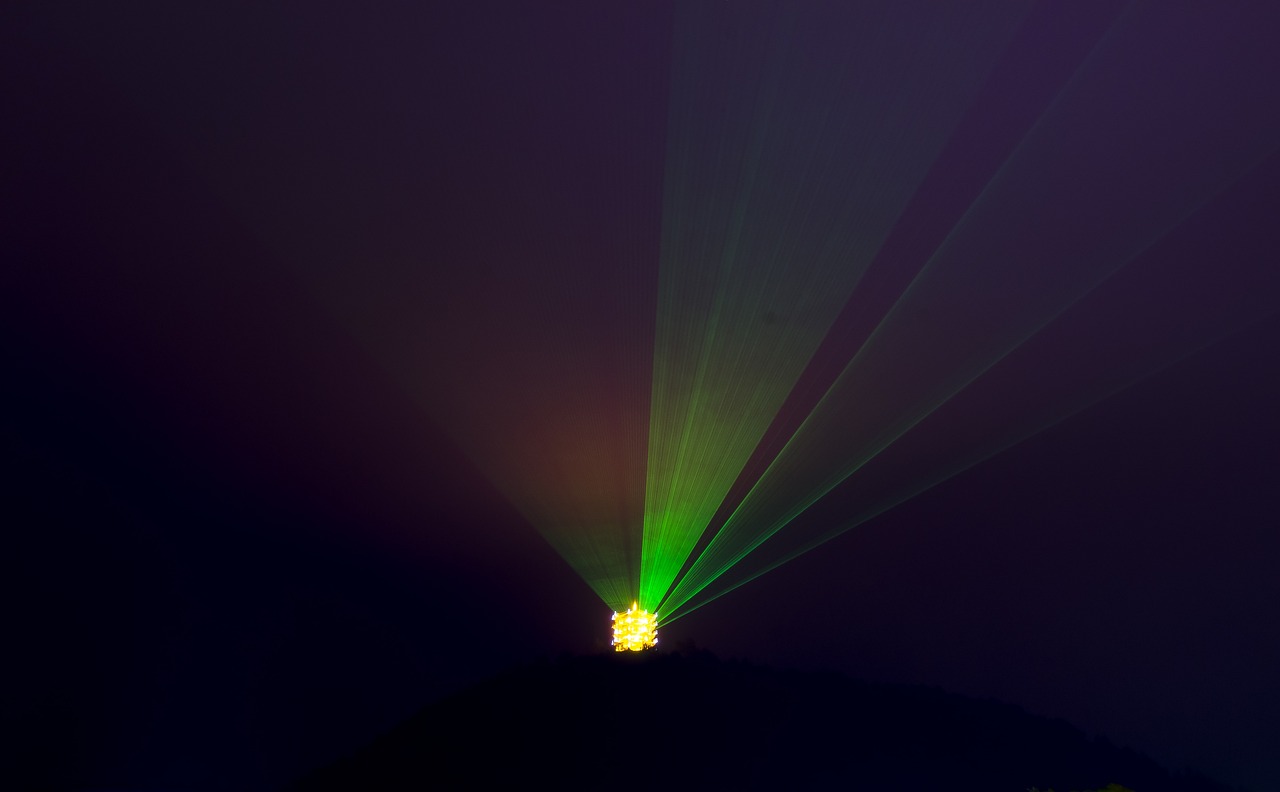This post is also available in:
 עברית (Hebrew)
עברית (Hebrew)
The Dragonfire weapon system was successfully tested and is getting closer to full production and may arm the British Royal Navy’s vessels within the next five years.
During these recent tests, DragonFire managed to track dynamic air targets and deliver high-end effects at a significant range. The trials tested the laser-directed energy weapon system at different powers against representative air and maritime targets at varying ranges, altitudes, and speeds.
The UK’s Defense Science and Technology Laboratory stated: “The DragonFire LDEW system has proven itself in testing and has the real potential to transform the UK’s defense capability. LDEW offers a number of significant benefits, including reduced logistic, cost burden, and collateral damage in operations.”
According to Interesting Engineering, the DragonFire LDEW is a 50-kW super-accurate high-energy laser system that can shoot targets the size of a small coin from over a kilometer away. It is also extremely cost-effective, costing around £10 per shot. Ben Maddison from the Dtsl adds that this “compares very favorably with missiles, which might be thousands, or tens of thousands, or even more per single shot.”
The weapon shoots intense beams of high-energy light with pinpoint accuracy to engage and destroy various targets, from drones to small surface craft, is very flexible and can be adapted on land or at sea. Maddison further explains that drones are a great example of the kind of target that a laser weapon would be very effective against.
Naval News states the DragonFire system is currently being refurbished with new components for further trials, with the aim to meet potential user requirements for both maritime and land environments.
“The technology is there to provide front-line users with options in the next years, and we can see the military relevance,” concludes MBDA UK’s director of engineering Richard Wray.


























